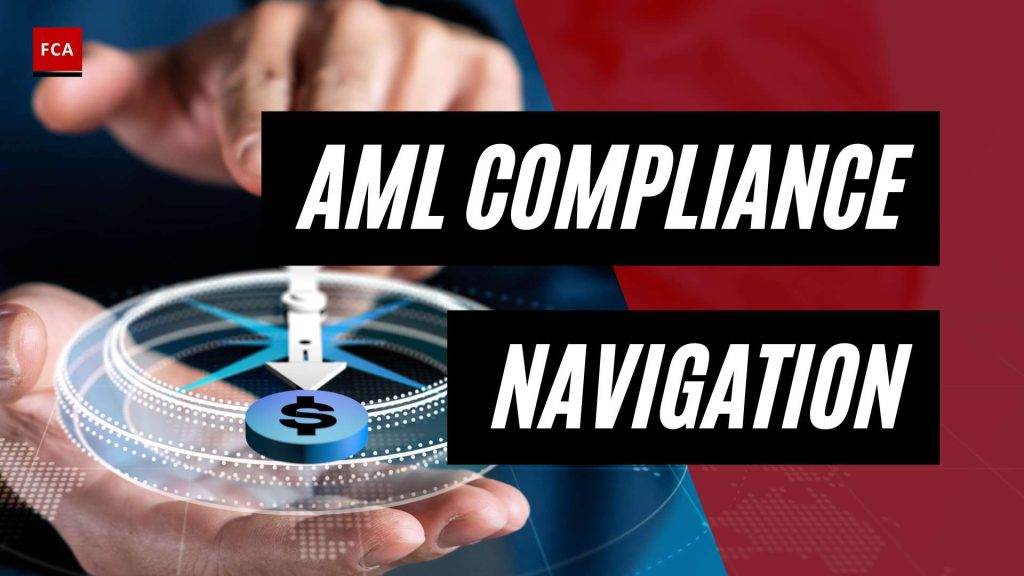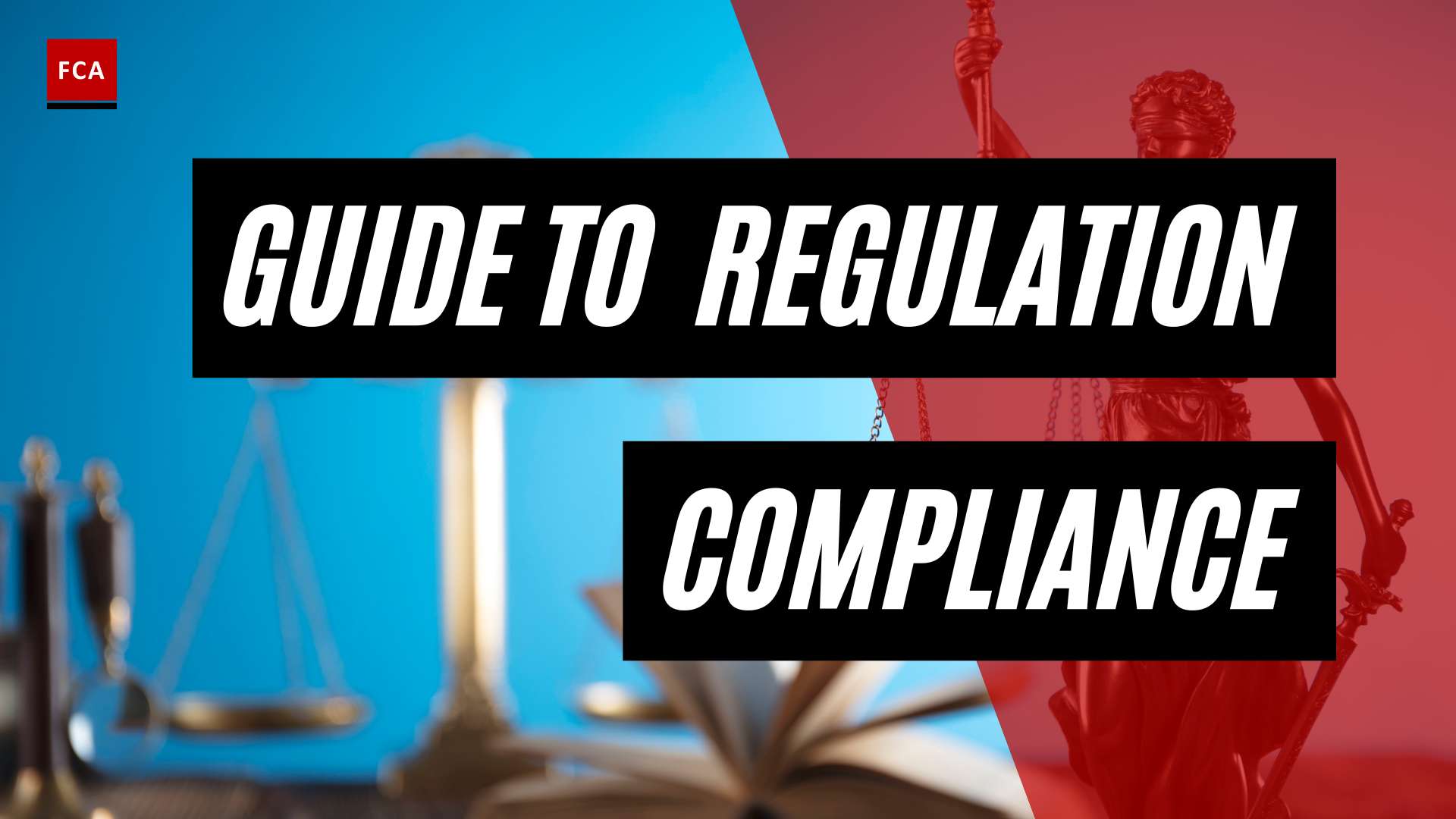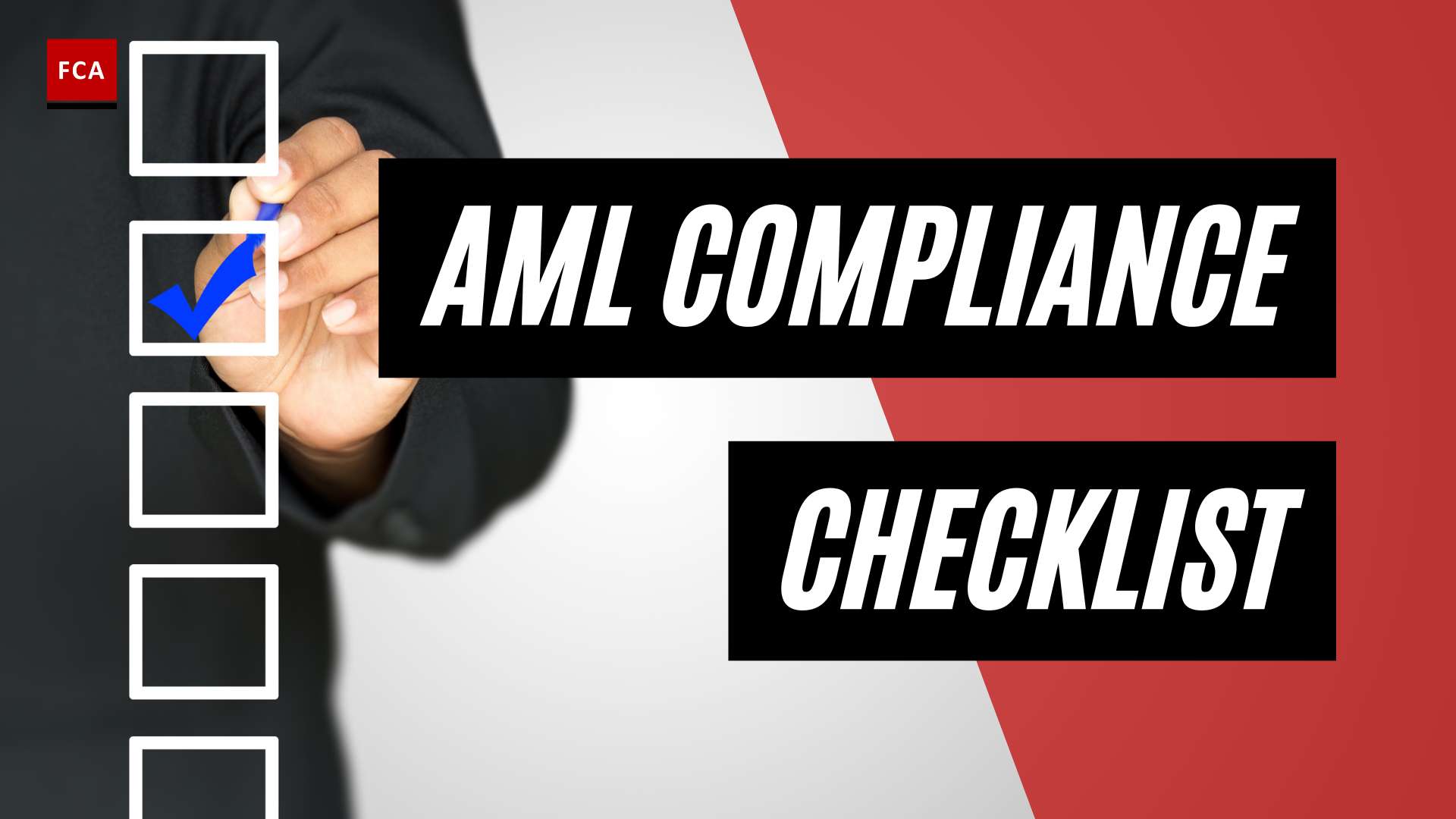Understanding AML Compliance
AML compliance, or Anti-Money Laundering compliance, is a critical aspect of any financial institution’s operations. In this section, we will delve into the importance of AML compliance and the potential consequences of non-compliance.
Importance of AML Compliance
An effective anti-money laundering (AML) compliance framework is essential to prevent financial crimes, avoid severe penalties, and protect an organization’s reputation. Compliance with AML regulations is not just a legal obligation but also a strategic business requirement. A robust AML compliance program helps maintain trust between financial institutions and their customers, ensuring the integrity and stability of financial markets.
From the appointment of an AML compliance officer to regular AML compliance training, implementing an AML framework involves a comprehensive set of processes and controls, each designed to detect and prevent illicit money laundering activities.
Consequences of Non-Compliance
The consequences of non-compliance with AML regulations are severe and can include hefty fines, reputation damage, loss of business, and even criminal prosecutions. For instance, in 2020, the 7 major US banks paid fines totaling over $9 billion for AML violations. Financial institutions that fail to adhere to AML regulations risk significant financial and reputational damage. In 2019, a major UK bank was fined $1.3 billion for AML failures, leading to a 95% drop in profits and a 40% stock price decline.
Further adding to the severity of non-compliance, AML frameworks are subject to intense regulatory scrutiny, and violations can result in severe penalties. In 2018, a European bank faced a $900 million fine and deferred prosecution for AML breaches.
In Canada, the Financial Transactions and Reports Analysis Centre of Canada (FINTRAC) has the authority to issue Administrative Monetary Penalties (AMPs) to reporting entities that fail to comply with the Proceeds of Crime (Money Laundering) and Terrorist Financing Act.
Avoiding these consequences requires maintaining a robust AML compliance program, which includes implementing AML compliance controls, adhering to AML compliance requirements, and using AML compliance software to automate and streamline compliance processes.
By understanding the importance of AML compliance and the potential consequences of non-compliance, organizations can better equip themselves to establish and maintain a robust AML compliance framework.
Key Principles of AML Compliance
Understanding the key principles of anti-money laundering (AML) compliance can help professionals navigate the complexities involved in creating an effective aml compliance framework. These principles are guided by regulatory frameworks and specific AML compliance requirements.
Regulatory Frameworks
AML regulations are specific to different jurisdictions, but generally employ similar regulations for financial institutions to follow. These regulations involve screening customers’ backgrounds, monitoring them continuously, and checking their names on watchlists, sanction lists, and PEP lists.
For instance, the Bank Secrecy Act of the United States, which has been amended by subsequent legislation like the USA Patriot Act, forms the basis of the AML regime in the country. Similarly, the EU introduced its Fourth Anti-Money Laundering Directive in 2017 and its Fifth Anti-Money Laundering Directive in 2020, which financial institutions must adhere to when developing their AML compliance programs.
AML Compliance Requirements
Compliance with AML regulations requires financial institutions to adjust their policy guidelines, strategy, internal operations, and monitoring processes. A well-implemented AML compliance program should focus not only on the effectiveness of internal money laundering detection systems and controls but also on the risk posed by the activities of customers and clients with whom an institution does business.
A satisfactory AML program involves the implementation and risk-based management of tailored internal controls, independent testing, ongoing training, designation of a dedicated AML officer with sufficient resources, and a formal fifth pillar focusing on ongoing customer-based risk assessment (Genpact).
As part of their AML compliance programs, financial institutions should conduct independent audits regularly. This could involve scheduling independent testing and auditing by third-party organizations every 12-18 months, with institutions in high-risk areas considering a more frequent schedule.
In terms of monitoring and auditing compliance programs, financial institutions should ensure adaptability, generate a large amount of data to provide metrics for compliance measurement, update trends regularly, perform annual independent evaluations and testing, and deliver reports directly to the CEO, senior management, and the Audit Committee.
By understanding the key principles of AML compliance, including the regulatory frameworks and specific AML compliance requirements, professionals can better navigate the complexities of creating a comprehensive AML compliance framework. To further enhance their understanding, professionals can also refer to resources like an AML compliance checklist or undergo AML compliance training.
Role of Regulatory Bodies in AML
Regulatory bodies play a critical role in enforcing AML compliance. They not only set the rules and regulations that financial institutions must follow, but also monitor compliance and penalize non-compliance. This section will discuss the role of two key regulatory bodies in AML compliance: the Financial Industry Regulatory Authority (FINRA) and the Financial Transactions and Reports Analysis Centre of Canada (FINTRAC).
FINRA and AML Compliance
FINRA, or the Financial Industry Regulatory Authority, is a non-governmental organization that regulates member brokerage firms and exchange markets in the United States. Its role in AML compliance is vast, providing a range of tools and portals for different users, including the public, industry professionals, member firms, and case participants for arbitration and mediation (FINRA).
For industry professionals, including Registered Representatives, FINRA provides tools to fulfill Continuing Education requirements, view their industry CRD record, and perform other compliance tasks.
The FINRA Gateway is designed for Member Firms’ compliance professionals, enabling them to access filings and requests, run reports, and submit support tickets.
Through the DR Portal, arbitration and mediation case participants along with FINRA neutrals can view case information and submit documents, streamlining the Dispute Resolution process.
FINTRAC and AML Compliance
FINTRAC, or the Financial Transactions and Reports Analysis Centre of Canada, is a Canadian financial intelligence unit that collects, analyzes, and discloses financial information and intelligence on suspected money laundering and terrorist activities.
A key aspect of FINTRAC’s role in AML compliance is its authority to issue Administrative Monetary Penalties (AMPs) to reporting entities that fail to comply with the Proceeds of Crime (Money Laundering) and Terrorist Financing Act. This creates a financial consequence for non-compliance, acting as a deterrent for institutions that might otherwise ignore AML compliance requirements.
Both FINRA and FINTRAC play crucial roles in maintaining the integrity of the financial system by enforcing AML regulations. Their work helps to deter and detect money laundering and other financial crimes, protecting society at large from the harmful effects of these illicit activities. These regulatory bodies also provide guidance to institutions on developing effective AML compliance programs and training for AML compliance officers.
Technologies in AML Compliance
Technology plays a critical role in modernizing Anti-Money Laundering (AML) compliance, offering an efficient and effective solution to meet regulatory obligations. This section explores the role of technology in AML compliance and the emerging technologies utilized in AML compliance frameworks.
Role of Technology in AML Compliance
Technology, such as artificial intelligence (AI), machine learning (ML), and robotic process automation (RPA), is revolutionizing AML workflows. These technological advancements enhance the ability to identify and analyze potential money laundering activities more accurately and at a fraction of the time required by traditional methods. This leads to improved compliance standards and significant reductions in operational costs and resources.
Traditional AML compliance methods involve challenges such as manual data handling, resource intensiveness, time-consuming processes, high costs, inefficiency in identifying suspicious activities, regulatory burden, scalability issues, and human error. These challenges highlight the need for a more efficient, technology-driven approach to AML compliance (Source).
The integration of technology into AML compliance, including AI, ML, automation, transaction monitoring systems, customer due diligence (CDD) and know your customer (KYC) processes, data analytics and big data, and regulatory technology (Regtech), offers numerous benefits such as increased efficiency, accuracy, and the ability to adapt quickly to new threats.
For more insights on the role of technology in AML compliance, reference our aml compliance software guide.
Emerging Technologies in AML Compliance
Emerging technologies are providing new capabilities for detecting and preventing money laundering activities. They empower financial institutions to stay ahead of emerging threats by adapting quickly to new patterns and tactics employed by financial criminals (Source).
The use of sophisticated software systems has become prevalent within AML compliance frameworks to facilitate monitoring and detection of suspicious activities. In Europe, for example, the software market for AML compliance solutions is estimated to be around €250 million, indicating the significant investment in technology to enhance AML efforts.
As technology continues to evolve, so will the capabilities of an AML compliance framework. Embracing these advances will be crucial for organizations to stay aligned with regulatory requirements and effectively mitigate AML risks. For more details on implementing an AML compliance framework, visit our aml compliance program guide.
By leveraging technology, organizations can enhance their AML compliance efforts, improve efficiency, reduce costs, and stay ahead of regulatory changes. The use of technology in an aml compliance framework is not only a strategic move but a necessary one in the modern regulatory environment.
Implementing an AML Compliance Framework
An Anti-Money Laundering (AML) compliance framework plays a pivotal role in ensuring financial institutions adhere to regulatory standards set forth by governing bodies. This section will outline the core elements of an effective AML framework and discuss how technology can enhance these frameworks for more robust compliance.
Elements of an Effective AML Framework
Key components of a successful AML compliance framework encompass policy guidelines, strategy, internal operations, and monitoring processes. These elements align the institution with the rules and regulations of an AML compliance program, mitigating the risk of legal issues.
An effective AML compliance framework should focus not only on the internal money laundering detection systems and controls but also on the risk posed by the activities of customers and clients. This approach requires a solid foundation of regulatory understanding, overseen by knowledgeable personnel, to foster a compliance culture at all levels of the organization.
As per the International Monetary Fund (IMF), a multifaceted AML framework should include:
- Customer Due Diligence (CDD)
- Transaction Monitoring
- Regular Reporting to Regulatory Authorities
Moreover, financial institutions should conduct independent audits as part of their effective AML compliance programs. This includes scheduling independent testing and audits by third-party organizations every 12-18 months, with institutions in high-risk areas considering more frequent audits (Flagright).
Enhancing AML Framework with Technology
While traditional AML compliance methods have proven effective, they pose challenges such as manual data handling, resource intensiveness, time-consuming processes, and high costs. These challenges underscore the need for a technology-driven approach to AML compliance (Source).
Integrating technology into AML compliance can increase efficiency, accuracy, and adaptability. This includes leveraging Artificial Intelligence (AI), Machine Learning (ML), automation, transaction monitoring systems, customer due diligence (CDD) and Know Your Customer (KYC) processes, data analytics, and regulatory technology (Regtech).
By implementing an AML compliance framework that is both comprehensive and technology-enhanced, financial institutions can meet their regulatory obligations, mitigate risk, and build a robust AML compliance program. For more information on building and maintaining a successful AML program, consider exploring our AML compliance checklist, or engage with AML compliance software to automate and streamline your processes.
Monitoring and Auditing AML Compliance
Maintaining a robust Anti-Money Laundering (AML) compliance program requires continuous monitoring and auditing. This practice is necessary to identify potential risks and mitigate them effectively. To ensure the effectiveness of the AML compliance framework, independent testing is crucial.
Importance of Independent Testing
Independent testing is conducted to assess a bank’s compliance with Bank Secrecy Act (BSA) regulatory requirements relative to its risk profile, and to assess the overall adequacy of the BSA/AML compliance program. Independent testing should be conducted by internal audit, external auditors, consultants, or other qualified independent parties, according to regulations by various authorities.
Banks that do not utilize outside auditors or consultants for independent testing can employ qualified bank staff not directly involved in the function being tested. Regardless of who conducts the independent testing, they should report directly to the board of directors or a designated board committee mostly composed of outside directors.
Techniques for Effective Monitoring and Auditing
The frequency of independent testing for BSA/AML compliance is not specified by regulations. However, the frequency should align with the bank’s risk profile and overall risk management strategy. It is potentially conducted every 12-18 months or more frequently in response to identified deficiencies or changes.
Testing of specific BSA requirements should be risk-based and evaluate risk management for significant banking operations. The independent testing should evaluate the adequacy of the bank’s BSA/AML compliance program, compliance with regulatory requirements, report to the board of directors, and inform senior management of weaknesses or areas needing enhancement.
An AML compliance officer should ensure that the testing is thoroughly documented, with findings reported to the board of directors or a designated board committee promptly. Any identified deficiencies should be tracked, and corrective actions implemented.
Examiners should review the independent testing documentation, determine compliance with regulatory requirements, assess the independence of the testing, and evaluate the expertise and qualifications of persons performing the testing (FFIEC).
For more information on how to structure an AML compliance program, view our AML compliance checklist. For training resources, visit our page on AML compliance training.








